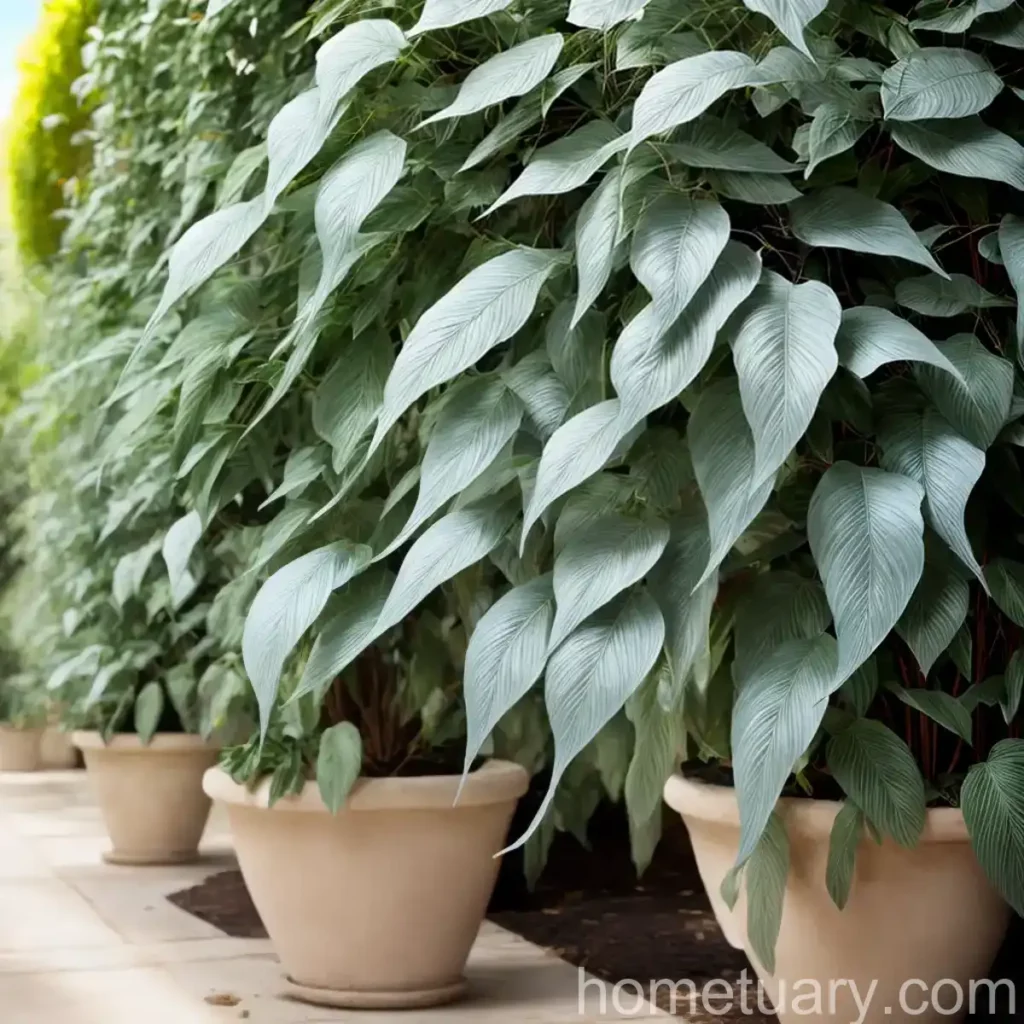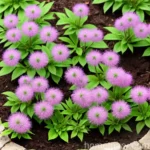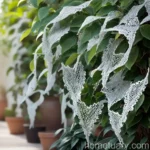The Allure of Silver Lace Vine (Fallopia baldschuanica)
Introduction
Silver lace vine, scientifically known as Fallopia baldschuanica is a fascinating, fast-growing climbing plant that is renowned for its delicate leaves and lovely white flowers. This vine is a member of the Polygonaceae family and is native to Central Asia, particularly the regions of western China and Kazakhstan. In this article, we will delve into the culture, uses, care requirements, common diseases, propagation, and interesting facts about the silver lace vine, offering insights into how to cultivate and care for this stunning plant.
What is Silver Lace Vine?
Silver lace vine, also known as the mile-a-minute vine, is a deciduous, perennial climbing plant. It belongs to the extended knotweed family and is characterized by its heart-shaped, deep green foliage and small, star-shaped, fragrant white flowers. The plant blooms in early summer, producing an abundant show of delicate blooms, giving it a charming and elegant appearance.
Key Takeaways – Silver Lace Vine
Culture
Silver lace vine thrives best in well-drained soils and requires regular watering, especially during its initial growth stages. It is a relatively low-maintenance plant and can tolerate a wide range of soil pH levels.
Uses
The vine is an excellent choice for adding vertical interest to a garden, covering walls, arbors, trellises, or pergolas, and can also be used as a groundcover. Due to its rapid growth, it is often utilized for erosion control in landscapes.
Water
Moderate watering is essential, ensuring the soil is consistently moist but not waterlogged. Once established, the vine exhibits good drought tolerance.
Sunlight
The silver lace vine prefers full sun to partial shade and can thrive in various light conditions.
Fertilizer
Applying a balanced, all-purpose fertilizer in spring aids in healthy growth and abundant flowering.
Soil
Well-drained, loamy soil is ideal for silver lace vine. It also grows well in various soil types, including sandy and clay soils.
Pruning
Pruning is essential for controlling the size and shape of the vine, and it should be done in late winter or early spring before new growth appears. Regular pruning also helps to manage the vine’s rapid growth.
Propagation
The vine can be propagated from seeds, cuttings, or division of root clumps.
Container
Silver lace vine can be grown in containers, making it an excellent choice for small gardens and balconies. It is crucial to provide adequate support for the vine to climb and flourish.
Popularity
Silver lace vine is popular for its rapid growth and abundant, attractive blooms.
Common Diseases
While generally resistant to diseases, the vine may occasionally be susceptible to rust and powdery mildew.
Disease Diagnosis
Leaf discoloration, spots, or powdery substances on the foliage may indicate the presence of diseases.
Common Pests
Silver lace vine may attract pests such as aphids, spider mites, and caterpillars.
Botanist’s Tips
- Provide sturdy support for the vine to climb and expand.
- Regularly check for pests and diseases, addressing them promptly to prevent damage to the plant.
- Prune the vine regularly to maintain its desired size and shape.
Fun Facts
- In its natural habitat, the silver lace vine is often found climbing trees and shrubs.
- The vine’s fragrant flowers attract a variety of pollinators, including bees and butterflies.
Links to External Resources
For further information on silver lace vine (Fallopia baldschuanica), you can refer to the following resources:
– The Plant Encyclopedia
– Royal Horticultural Society
With its graceful growth habit and stunning flowers, the silver lace vine (Fallopia baldschuanica) is a valuable addition to any garden. By understanding its cultural needs, uses, care guidelines, and potential issues, you can confidently cultivate and enjoy the beauty of this captivating climber.















